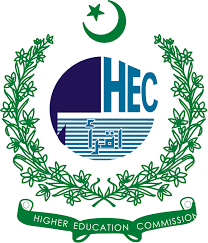USING ECOCRITICAL FICTION TO REFRAME CLIMATE CHANGE THROUGH NARRATIVE ONTOLOGIES OF HYPEROBJECTS
DOI:
https://doi.org/10.63878/aaj922Keywords:
Climate Fiction (Cli-Fi), Hyperobjects, Ecocriticism, Posthumanism, Narrative Ontology, Anthropocene, Ecological Collapse, Temporal Disruption, Environmental Literature, Ontological Adaptation.Abstract
Climate change has emerged as a narrative and ontological challenge that requires interpretive frameworks beyond scientific discourse. This article introduces the Narrative-Hyperobjectual Framework (NHF), which reconceptualizes climate change by drawing on Morton’s theory of Hyperobjects, posthumanism, and ecocriticism, applied to two climate fiction novels: The Displacements by Bruce Holsinger and The Light Pirate by Lily Brooks-Dalton. The NHF emphasizes how narrative structures, posthuman characterizations, and temporal disruptions in fiction enact ontological engagement with ecological collapse. By analyzing the characteristics of Hyperobjects, this article positions narrative itself as an adaptive ontological tool within the Anthropocene. The study also points toward future research in non-Western, multimedia, and reader-responsive ecocritical contexts.




































